How and how to feed strawberries during flowering?
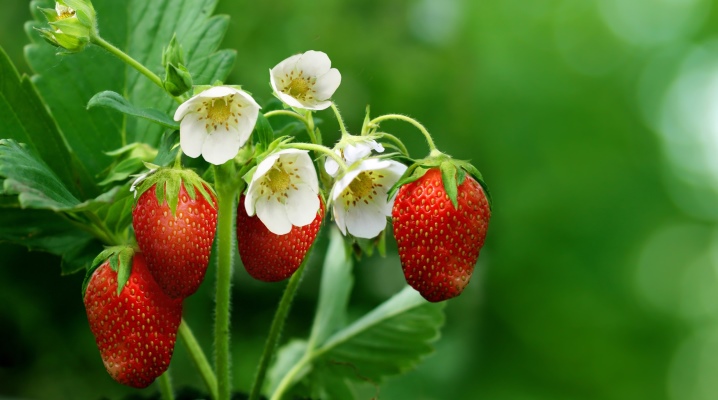
Strawberries need certain nutrients for normal growth and development at all stages of their life cycle. She especially needs additional feeding during flowering and active fruiting. At this stage of development, both chemical and organic fertilizers can be used.
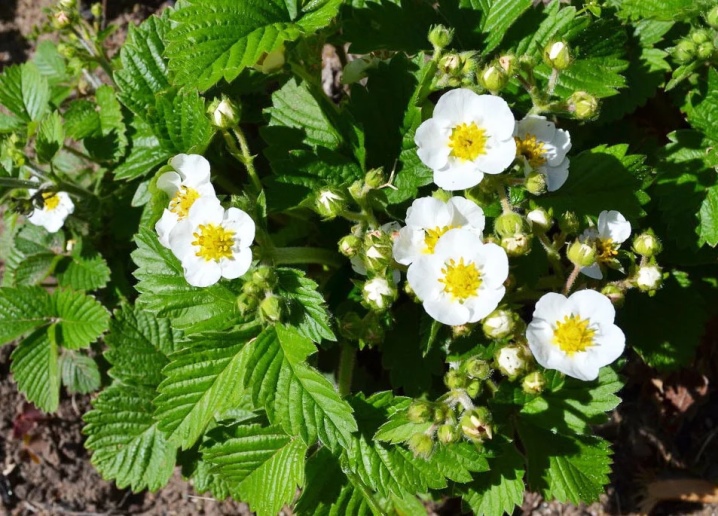
Fertilizer overview
It is worth feeding strawberries during flowering with proven products.
- "Ovary". This product is excellent for the treatment of garden strawberries and strawberries during flowering and during the period when they are blooming. The solution for spraying bushes is very simple to prepare. In a liter of water, dilute 2 grams of the product. The resulting liquid must be used immediately for its intended purpose. It should be stored no more than a day.
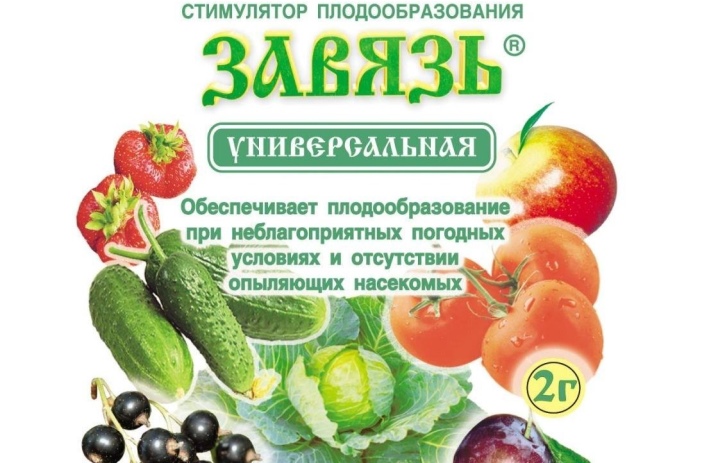
- Aktofit. This agent is used to control small insects and helps to speed up the growth and development of strawberries.
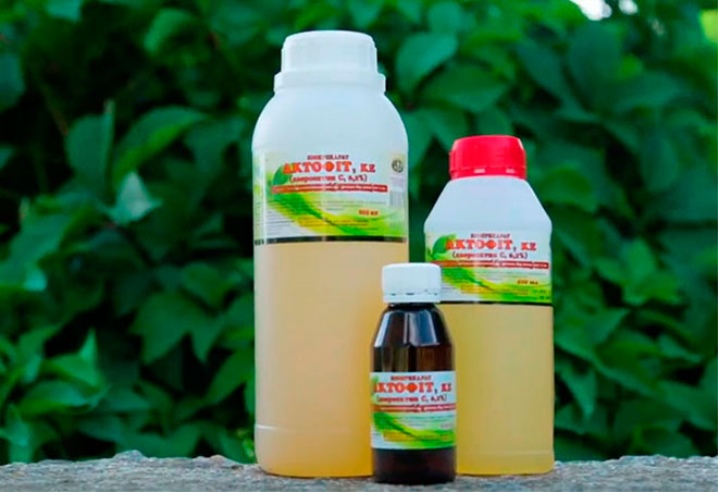
- "Kemira Lux". This complete dressing consists of potassium sulfate and nitrate. You need to use it following the instructions given by the manufacturers. This product is introduced at the root.
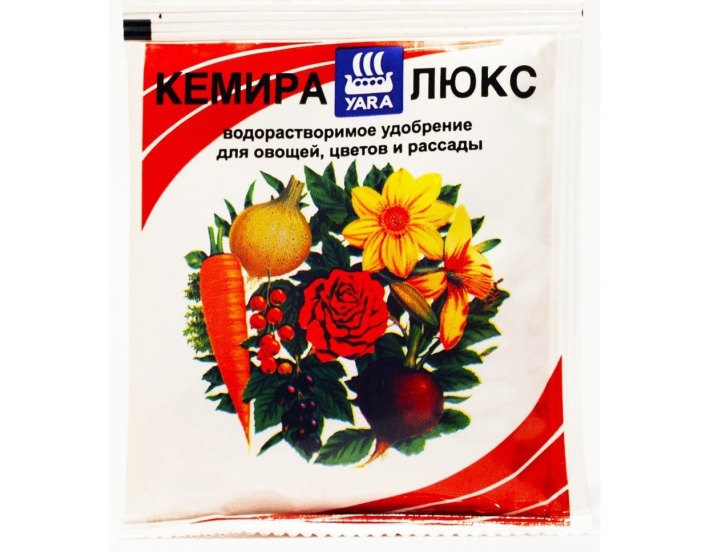
- "Gumi". This drug contains phosphorus and potassium. That is why it is well suited for feeding strawberries during flowering bushes. It is worth using this product once a season. Reapplication will increase the nitrogen content of the soil. Because of this, the tops will grow, and the berries on the bush will remain small and tasteless.

- "Baikal EM1". This product is used to improve the quality of the soil in which strawberries grow. Before use, the powder is diluted in warm water. Add 10 ml of the product to one bucket of water. It is applied once for the entire flowering period.

- "Agroverm". To feed the bushes during the flowering period, you can also use a high-quality growth stimulator with potassium humate. You need to feed the plants, following the advice indicated on the package.
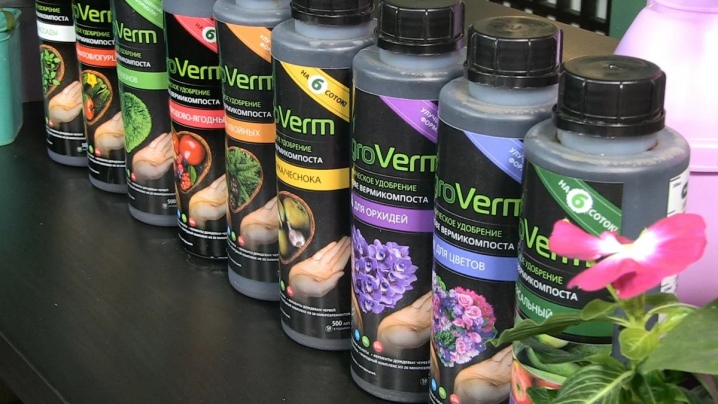
Quality feed for strawberries is also produced by the following manufacturers: "Clean sheet", "Fasco" and "BioMaster". They can be purchased from a specialist store or ordered online.
Another popular product that is used to feed plants during flower setting is urea... This product is highly soluble in liquid, so it is often used for plant nutrition. You can add it in two ways. Before root top dressing, the ground next to the bush must be thoroughly loosened. After that, you can water the soil with a concentrated solution of urea.
For spraying bushes, it is worth using a product with a lower concentration. In this case, it will be possible to feed the plants, but not harm them.
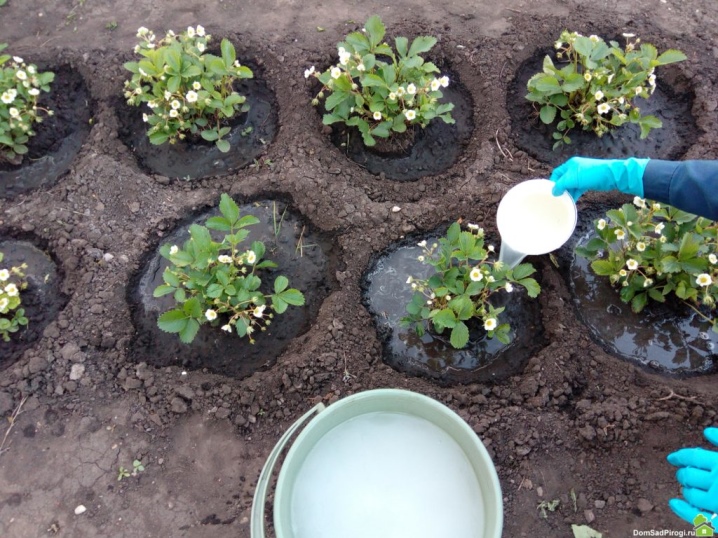
Folk remedies
Instead of purchased products for fertilizing plots, many summer residents prefer to use folk remedies.
Ash
By its nature, ash is a high-quality potash-phosphorus fertilizer. This product is applied under the bushes before watering the plants. Dry wood ash is most often used for feeding. This product must be free of foreign matter such as ash from incineration. One bush is sprinkled with a handful of dry ash.
Ash solution is also good for feeding plants. To prepare it in a liter of hot water, you need to dilute a glass of ash.
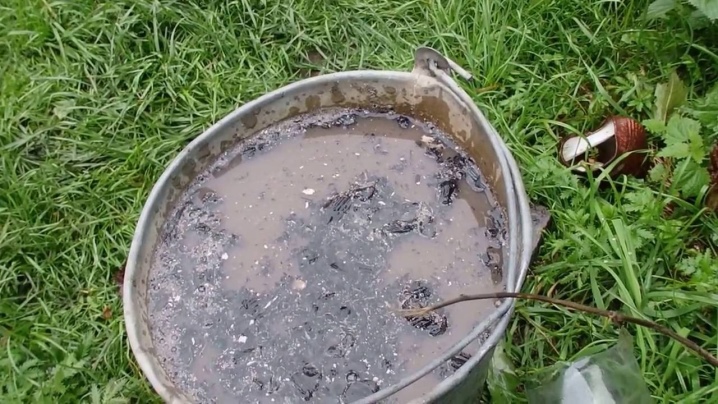
The product is infused during the day. After this period of time, the solution must be diluted in 9 liters of clean water.Immediately after that, the product can be used to water the bushes.
Feeding plants with wood ash helps to increase their yields, and also protects the bushes from fungal diseases and helps them survive drought more easily. The only drawback of this product is that it should not be applied to the soil along with nitrogen-containing fertilizers. These include urea and manure.
If you mix the two types of fertilizer, the ash will lose most of its beneficial properties.

Litter
Another fertilizer that is great for feeding bushes is chicken droppings. A highly diluted solution must be used for this purpose. Chicken droppings should be mixed with water in a ratio of 1 to 20. The solution is infused for 7-10 days, and then diluted with warm water and used for irrigation.
Some gardeners replace the droppings with dry pellets from the store. In this case, top dressing is prepared faster. To do this, a handful of granules are diluted in 10 liters of water. The solution is infused for an hour, and then used to water the plants at the root.
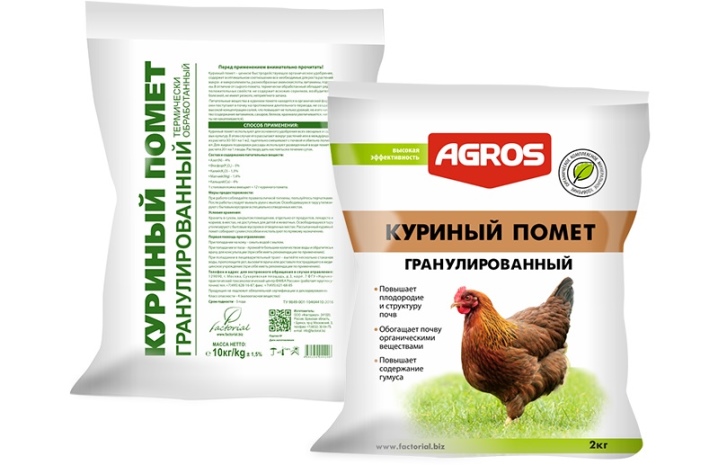
It is worth using this product only once during flowering.
Fertilizer is rich in phosphorus, potassium and nitrogen, which are necessary for the growth and development of bushes. Top dressing promotes the formation of large berries and filling them with juice.
During the flowering of strawberries and ripening of berries, you can also use the mullein. A liter of manure is diluted in 15 liters of water. The container with this product is covered with a lid and infused for three days. The fermented product can then be used to water the plants. A liter of solution is added under one plant.

Herbal infusions
Weed infusion is also excellent for feeding plants. To prepare it, a 20-liter tank must be filled with fresh cut grass without seeds and filled with clean water.
In some cases, 1-2 glasses of dry ash are also added to the container. After that, the tank must be closed with a lid and left in a warm place for 7-10 days. From time to time, the lid must be removed, and the contents of the container must be stirred. When the product is ready, it must be diluted with water in a ratio of 1 to 10.
Water the plants with such a remedy at the root. One plant takes 1-2 liters of liquid.
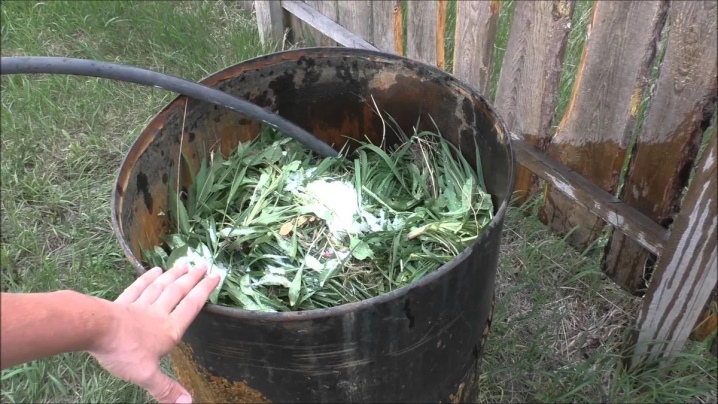
Yeast
Feeding strawberries with yeast also gives excellent results. This product promotes the growth and fruiting of plants. For watering the bushes, you can use solutions that are prepared using both dry and live yeast.
- A solution with raw yeast. This product should be prepared in the evening and used in warm weather. To prepare it, 100 grams of yeast must be diluted in ten liters of warm water. The solution should be left overnight in a closed container. After the required time has elapsed, 0.5 liters of the product must be applied under each plant.
- Dry yeast. Such a product also cooks quickly enough. In a liter of warm water, you need to dilute 10 g of dry yeast. Add two tablespoons of sugar there and stir everything well. After a few hours, the mixture must be diluted in 40 liters of warm water. 1 liter of solution is added under each plant.
- Solution with ascorbic acid. To prepare this top dressing, a tablespoon of dry yeast must be mixed with 2 grams of ascorbic acid. In the same container, add 50 grams of sugar, a handful of earth and 5 liters of warm water. This solution must be stirred and insisted for a day.
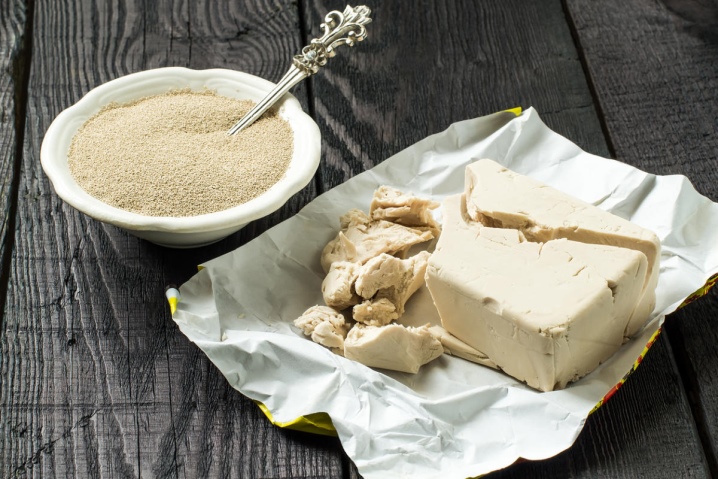
Feeding plants with yeast is best in warm weather. It's also worth remembering that yeast likes a humid environment. Therefore, it is recommended to add them to the soil after watering the bushes. Instead of yeast, you can also use regular bread crusts... They must first be dried, and then placed in a deep container and filled with a liter of warm water. You need to insist on this remedy for a week. After this time, the product must be diluted in 10 liters of water and used to water the bushes.
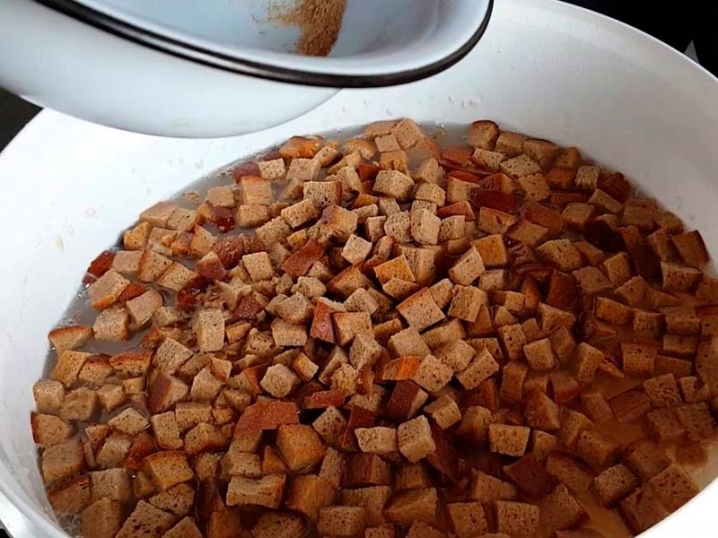
Ammonia
This remedy is great for helping to protect strawberries from diseases and pests. To feed the plants, the product must first be diluted in warm water. 1 bottle of ammonia is poured into a container with 10 liters of water. In some cases, one piece of laundry soap, grated on a coarse grater and mixed with boiling water, is added to this solution.
When processing strawberries with ammonia, you must adhere to the following rules:
- protect the skin and respiratory tract using gloves and a mask;
- prepare the solution in the open air;
- use special sprayers to feed plants on the leaf and avoid oversaturation of the soil with ammonia.
After treating the plants with ammonia, they do not get sick and bloom profusely. Strawberry leaves become strong and healthy.
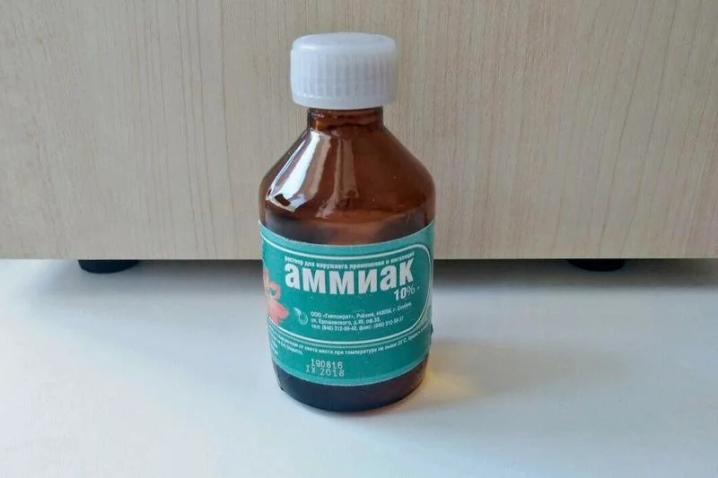
Iodine
It is possible to determine that a plant lacks iodine by several signs. If the ovaries begin to wilt, they show signs of powdery mildew or gray rot. You can save the plant from these problems, as well as speed up the budding process, using simple fertilization.
To feed strawberries and protect bushes from pests, you should use a simple solution consisting of 10 liters of water and 10 drops of iodine. The resulting mixture is poured into a spray bottle. It is necessary to spray this mixture not only on the leaves, but also on the ground around the bushes.

This product has many advantages.
- It increases the immunity of plants and makes them more resistant to diseases.
- Accelerates the budding process.
- Increases the number of ovaries on the bushes.
- Improves the quality of fruits and their keeping quality.
This product must be handled carefully. If the spray solution is too concentrated, it will burn the strawberry leaves.
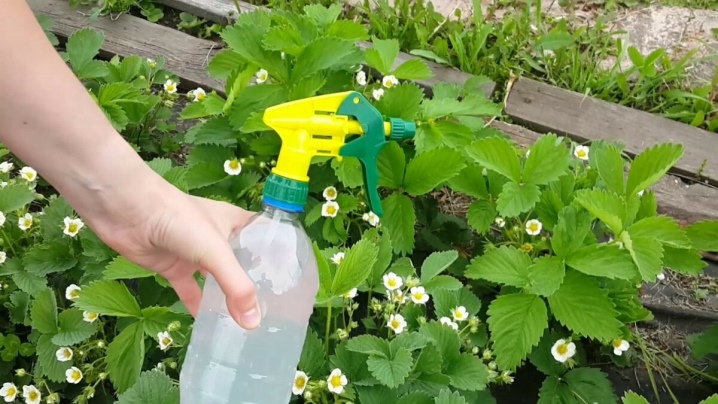
Potassium permanganate
This pharmacy product is also used for plant nutrition during the flowering period. This product has a disinfecting effect and is excellent for pest control. In addition, spraying strawberry bushes with a solution of potassium permanganate helps to increase plant productivity. For its preparation, a quarter of a teaspoon of potassium permanganate must be diluted in 10 liters of water. The solution should be bright enough. In the process of spraying plants, care must be taken to ensure that the product does not fall on the soil.
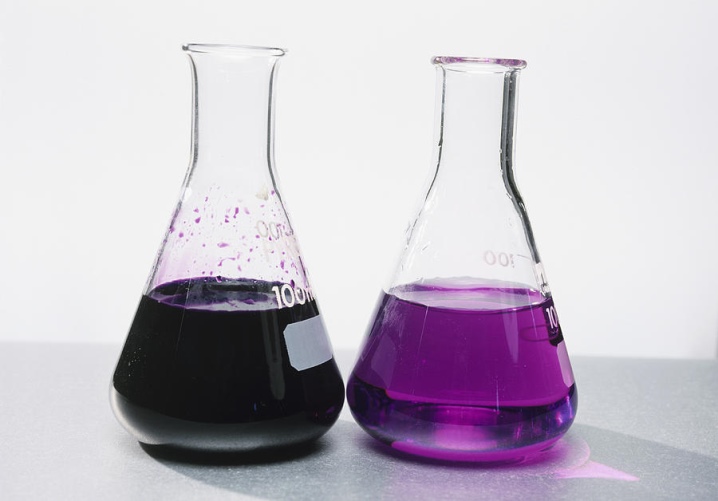
Other
At the beginning of flowering, strawberries can also be fed with a solution of young nettles. To prepare the product, the grass must be finely cut into pieces and placed in a bucket or large barrel in dense layers. After that, add a little old jam or crackers to the container and pour everything with warm water.
The container with nettle infusion should be left in a warm place for a week. During this time, the product will begin to ferment. Before watering, the concentrated nettle infusion must be diluted with water in a ratio of 1:10. Water the plants carefully. 0.5 l of solution is poured under each bush. You can feed the bushes before the strawberries bloom.
Suitable for processing an area with bushes, on which the first flowers have already appeared, and sour milk or fermented kefir. This top dressing contains phosphorus and potassium. In addition, it helps to improve the acidity of the earth. To water the plants, the dairy product must be diluted in water in a ratio of 1 to 2. After that, the solution can be used to spray the leaves of strawberries.
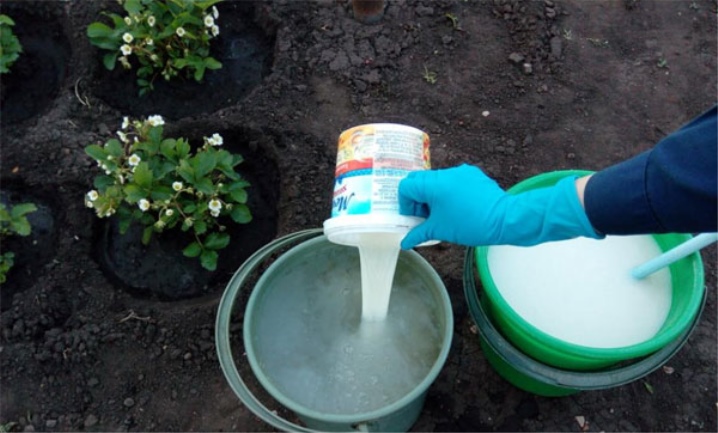
Such feeding speeds up the process of plant development, increases the number of berries on the bush and can extend the fruiting period. In addition, plants become more resistant to attacks from various insects and small pests.
Experienced gardeners also often feed plants with boron.
- Classic solution. To prepare the product, 10 grams of boric acid powder must be dissolved in ten liters of warm water. The product is used for spraying berry bushes during flowering and berry formation. Plants are treated twice with an interval of 10 days. The product is excellent for foliar feeding of bushes.
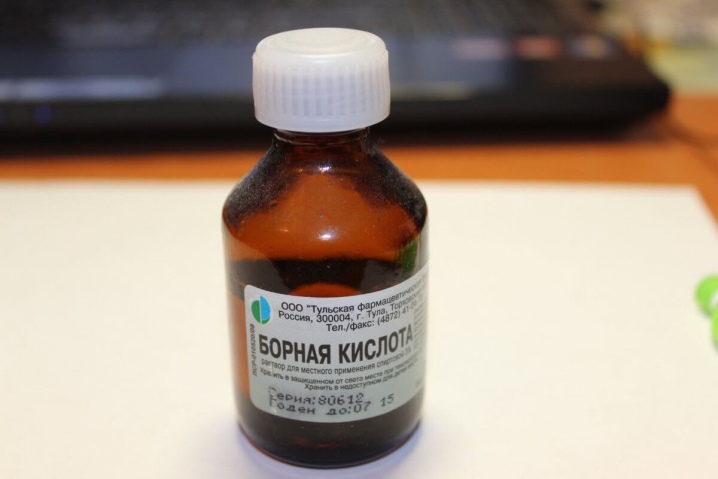
- Solution with potassium permanganate. This product should be used to spray the bushes before flowering. For its preparation, a small amount of boric acid is diluted in 10 liters of water. Several crystals of potassium permanganate are also added there. For watering each bush, 300 grams of the product is used. The solution helps to increase the number of ovaries, and also makes the fruits more juicy and tasty.
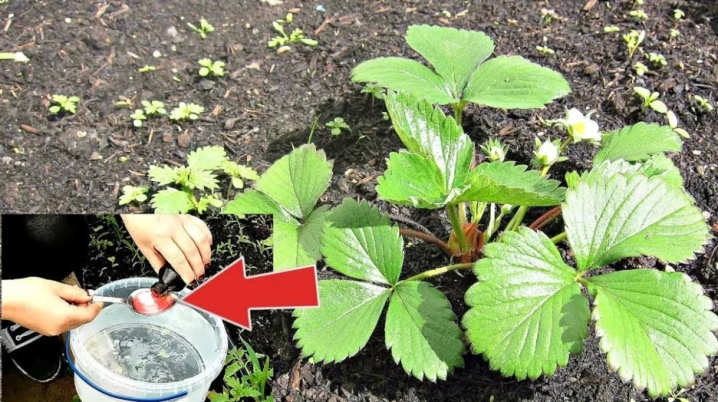
- Ash solution. Prepare this plant treatment in the same way as the previous one. But at the end of the work, another glass of wood ash is added to the container. You can water the plants with this solution only once.
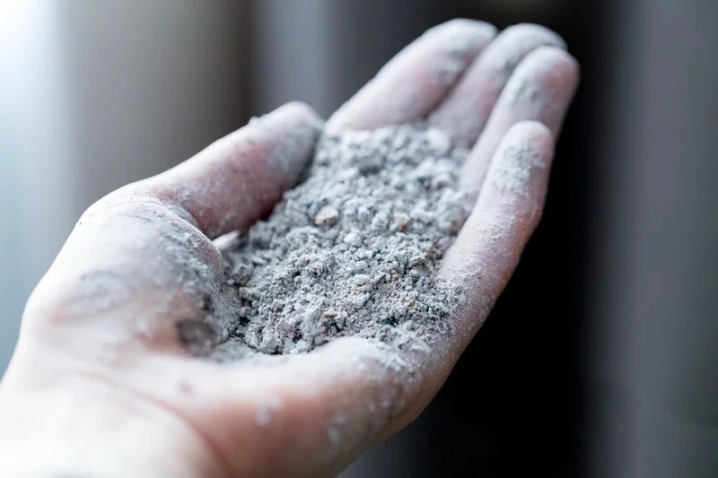
Feeding plants with boric acid promotes the formation of new ovaries on the bushes, as well as strengthening their immunity. In addition, boron helps strawberries to absorb other nutrients from the soil. Therefore, the bushes become stronger and the fruits larger.
Basic feeding rules
In order for plant feeding to definitely benefit them, fertilizers must be applied according to all the rules.
- Fertilizers need to be applied regularly. In this case, the soil will not deplete over time.
- If different types of fertilizers are used to feed the bushes, their composition must be carefully studied. This will allow you to understand how well they fit together.
- Plants that are grown in sandy soil need to be fed more often. Nutrients from such soil are washed out faster.
- Before applying free-flowing fertilizers to the soil, it must be watered well.
- It is best to feed the plants in the morning or after sunset. On cloudy days, feeding can be done at any time of the day.
- The plants need to be watered very well. In the heat, the frequency of watering is increased to 3 times a week. But with heavy rains, this procedure should be abandoned. It is best to use a watering can to irrigate flowering strawberries. It is important to ensure that the roots of the plants are not exposed. If the soil is eroded, they need to be covered with a small amount of earth again.
- The use of mulch helps to extend the duration of the selected fertilizers. Dry foliage, hay, tree bark or old branches can be used for plant protection.
- When feeding the plants with the root method, care must be taken that the agent does not get on the strawberries and foliage. This can harm the plants.
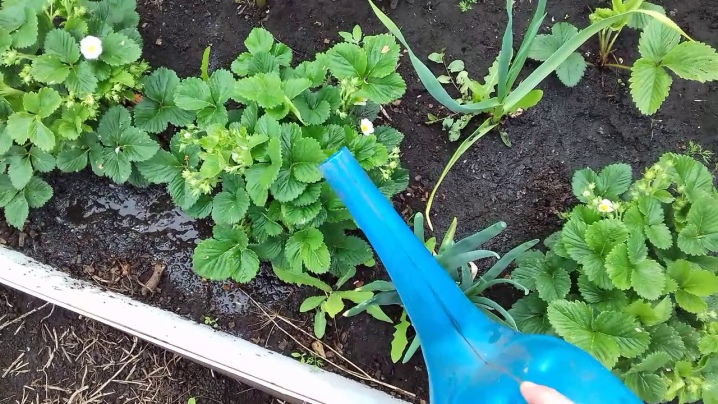
Regular feeding of bushes in spring and summer is the key to the correct development of strawberries and a good harvest. Therefore, when planning to grow strawberries on your site, you need to know in advance how best to fertilize it.
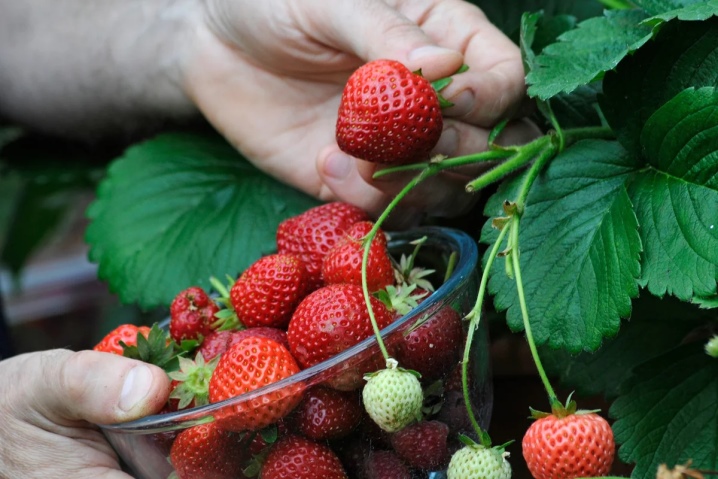
See the following video for tips on feeding strawberries.













The comment was sent successfully.